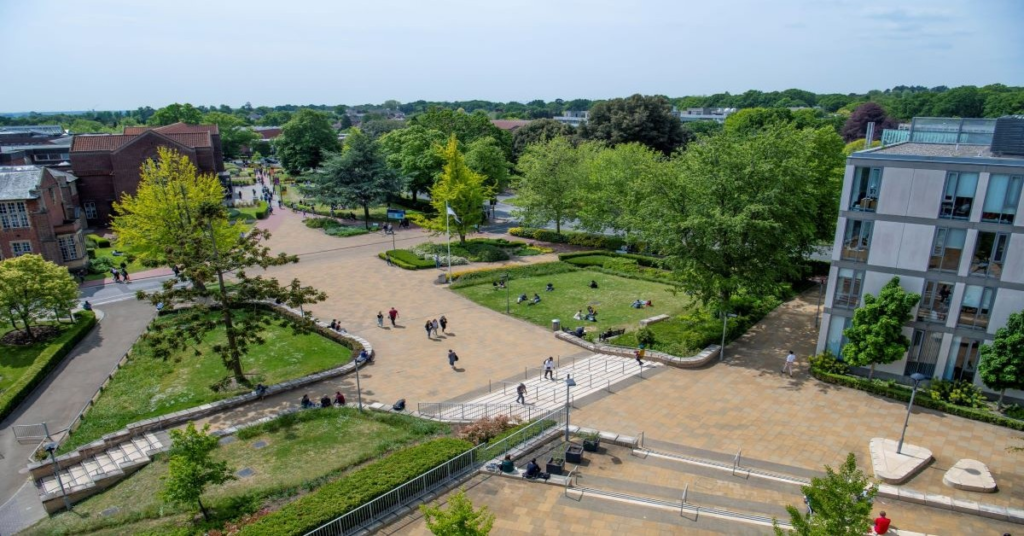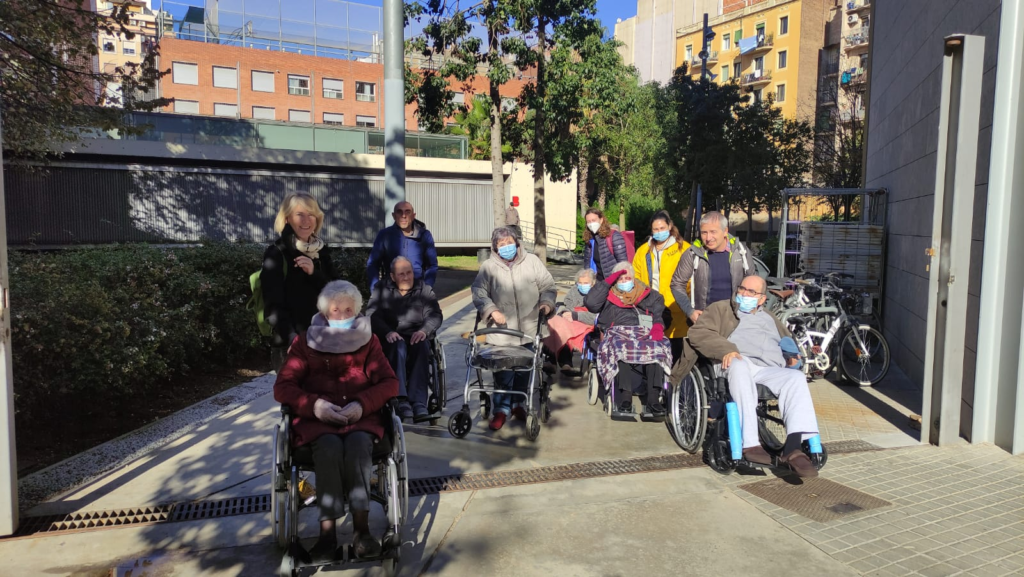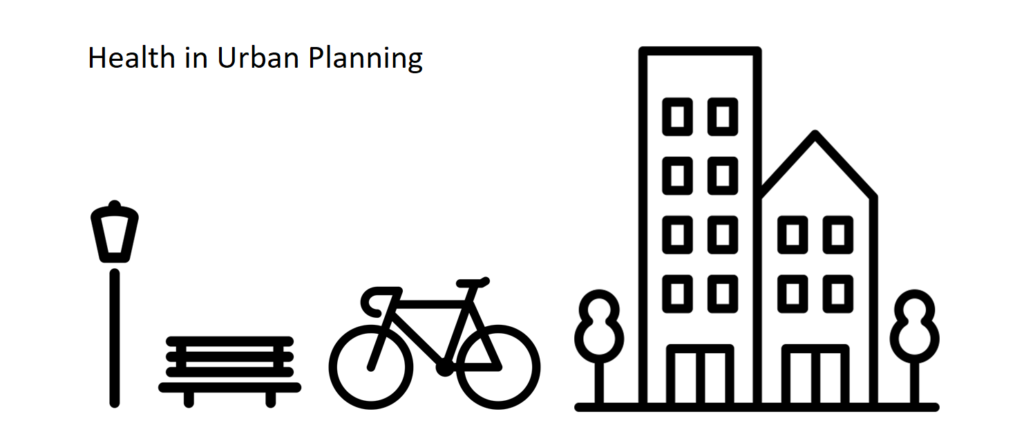City Know-hows

Target audience
Urban researchers and specialists (urban planners and designers), policy-makers, municipalities, as well as general audiences, particularly those interested in healthy cities and public health.
The problem
The COVID-19 outbreak resulted in severe consequences in the medical field and other areas, including urban planning, education, society, economy, etc. These effects put people’s lives at risk around the globe. Although plenty of studies have been carried out in this area, the lack of a comprehensive guide is the main obstacle to adopting appropriate strategies and policies in cities and urban areas.
What we did and why
The aim of this study was to conduct a systematic review of published research articles on ” COVID-19 and urban studies.” This was done by selecting 63 high-quality articles and analyzing their content based on “publisher,” “origin of research,” “methodology,” “scale,” “subject,” and “solutions.” We believe the thematic classification of the investigated topics and the proposed solutions can be helpful and practical tools for urban researchers and policymakers.
Our study’s contribution
In terms of urban design and urban space:
In terms of physical-spatial and social dimensions along with resilience literature:
Impacts for city policy and practice
Planning and designing urban spaces with a focus on social interactions using creative approaches is the priority in urban planning and design. It also requires exploring scenarios based on place, sustainability, and resilience, as well as government policies for public welfare and the use of collaborative design. Thematic recommendations have also been provided in housing and architecture, smart cities and technology, urban management, environmental sustainability, transportation, and socioeconomic issues.
Further information
UN report: COVID-19 in an Urban World; UNESCO: Cities’ responses to COVID-19; WHO: COVID-19 and social determinants of health, Urban Health; UN-Habitat: Urban Health
Full research article:
COVID-19 and cities: a systematic review of early urban studies by Maryam Roosta, Alireza Gholami & Fatemeh Shahvaran
Related posts

The COVID-19 pandemic restrictions and the switch to online learning impacted the life of university students. We looked at wellbeing in relation to use of greenspaces during the 3rd ‘lockdown’ in England.

Our study evaluates the reliability (consistency) of a local tool for measuring health determinants in public spaces, using a co-creation process with older adults living in care homes in Barcelona. It highlights the importance of inclusive urban planning and the varied perspectives of community members in enhancing urban health.

Stronger collaboration with inhabitants could ensure more attention on health in spatial plan development.